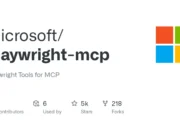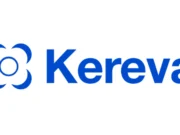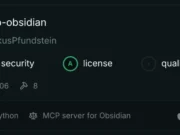Locksmith is a specialized tool designed to identify and remediate vulnerabilities in Active Directory Certificate Services (AD CS).
AD CS is a Microsoft Windows Server role that provides Public Key Infrastructure (PKI) for managing digital certificates, which are used for authentication, encryption, and secure communication.
Misconfigurations in AD CS can lead to severe security risks, including privilege escalation and domain compromise.
Key Features And Functions Of Locksmith
- Misconfiguration Detection:
Locksmith scans Active Directory forests to identify misconfigurations in certificate templates, permissions, and registry settings. These issues can allow attackers to escalate privileges or exploit weak certificate mappings. - Remediation Options:
The tool provides several modes for addressing vulnerabilities:- Mode 0: Identifies issues and outputs them in a console table.
- Mode 1: Lists detected issues along with suggested fixes.
- Mode 2 & 3: Outputs results to CSV files for documentation or further analysis.
- Mode 4: Automatically identifies and fixes all misconfigurations, warning users of potential operational impacts.
- Customizable Scans:
Users can specify which vulnerabilities to scan using the-Scansparameter. Options include targeting specific paths like ESC1 (Enterprise CA Security) or conducting comprehensive audits. - Ease of Use:
Locksmith is available as a PowerShell module or standalone script, making it accessible for both automated and manual use. It supports domain-joined systems and requires administrative rights for certain checks.
Importance Of Locksmith
AD CS misconfigurations are common due to the complexity of PKI management. Attackers often exploit these vulnerabilities to gain unauthorized access or escalate privileges within an organization.
Locksmith addresses this by offering both detection and remediation capabilities, helping administrators secure their environments effectively.
By regularly auditing AD CS configurations with tools like Locksmith, organizations can minimize risks, enforce best practices, and maintain the integrity of their Active Directory infrastructure.











%20Works.png)



.webp)

